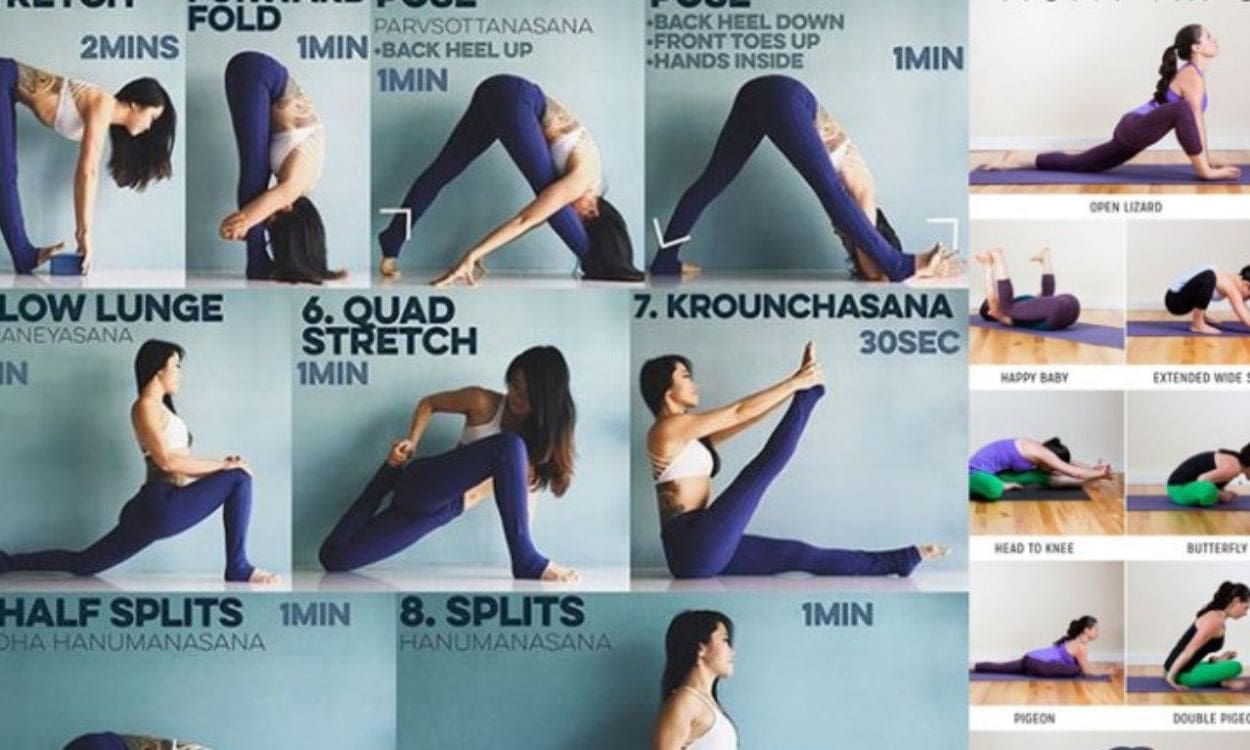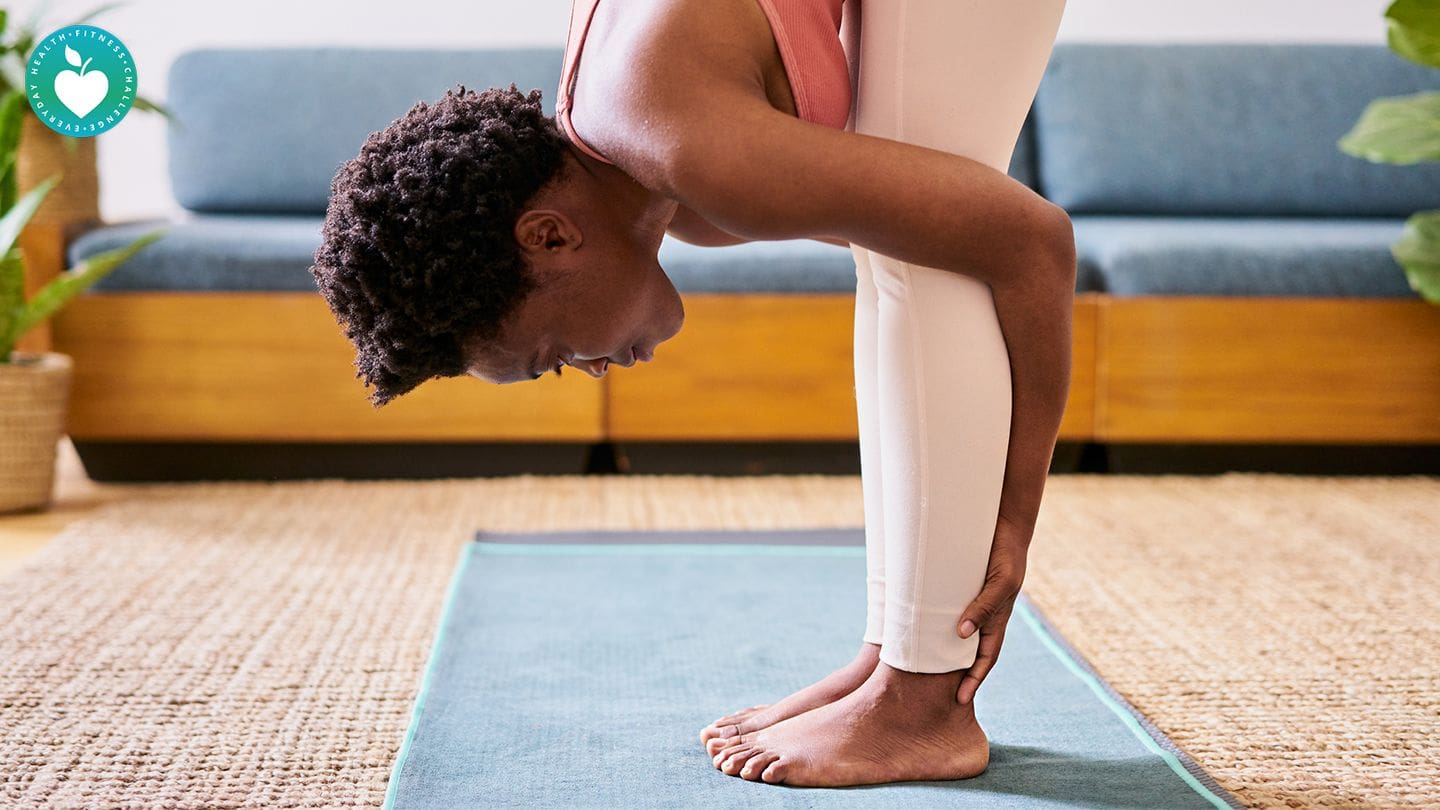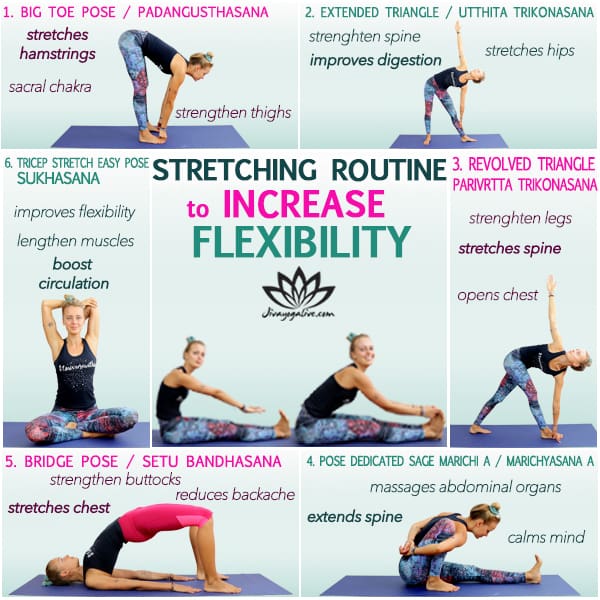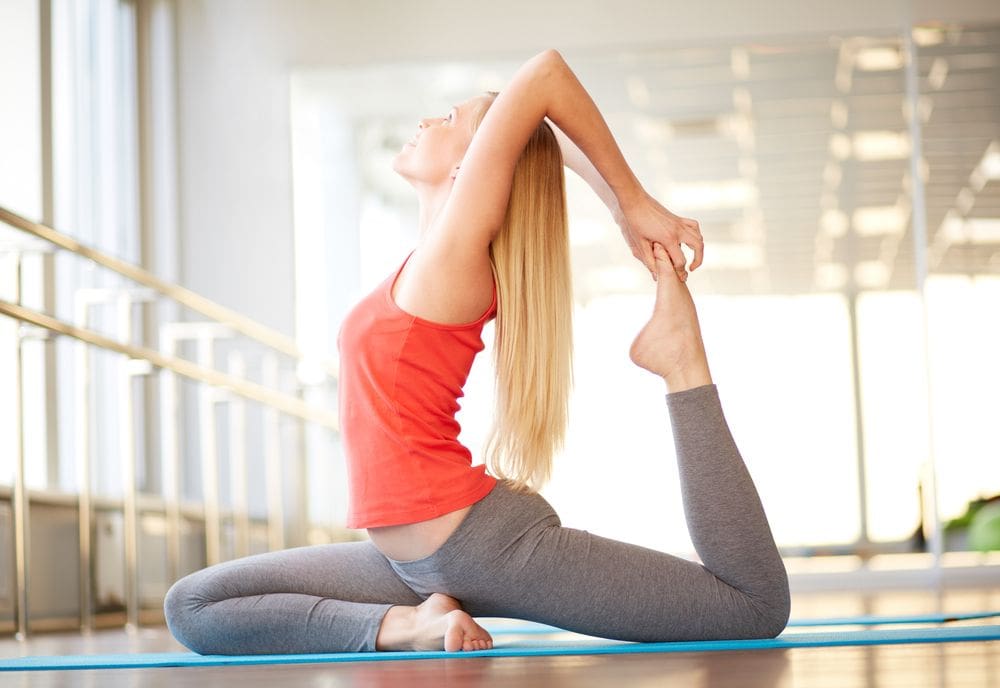Hey there! Looking to improve your flexibility but not sure where to start? In this article, we’ll explore some of the best ways to increase your flexibility, from dynamic stretching to yoga and everything in between. By incorporating these techniques into your routine, you’ll be well on your way to feeling more limber and mobile in no time! Have you ever wanted to improve your flexibility but didn’t know where to start? In this article, we’ll explore the best ways for you to enhance your flexibility and reap the benefits of increased range of motion. Whether you’re an athlete looking to prevent injuries or simply someone wanting to move more freely, increasing flexibility can have a positive impact on your overall health and well-being.

Benefits of Flexibility
Improving your flexibility can offer a multitude of benefits for both your mind and body. From reducing the risk of injuries to enhancing athletic performance, flexibility plays a crucial role in overall health and wellness.
When you have good flexibility, you can move more freely and easily in your daily activities. Stretching regularly can also help improve your posture, reduce muscle tension, and alleviate aches and pains.
Increased Range of Motion
One of the primary benefits of enhancing your flexibility is an increased range of motion. This can help you perform daily tasks more efficiently and effectively, whether you’re reaching for something on a high shelf or bending down to tie your shoes. Improved range of motion can also benefit athletes by allowing them to move more freely and powerfully in their chosen sport.
Injury Prevention
Having good flexibility can help prevent injuries by allowing your joints to move through their full range of motion. Tight muscles and limited flexibility can lead to muscle strains, sprains, and other issues. By stretching regularly and maintaining flexibility, you can reduce the risk of injuries during physical activities.

Best Ways To Improve Flexibility
Now that you understand the benefits of flexibility, let’s explore the best ways for you to improve your own flexibility. These techniques can be incorporated into your daily routine to help you move more freely and comfortably.
Stretching
Stretching is one of the most effective ways to improve flexibility. By gently lengthening your muscles, you can increase your range of motion and reduce muscle tightness. Incorporating a variety of stretches into your daily routine can help target different muscle groups and improve overall flexibility.
There are two main types of stretching: dynamic and static. Dynamic stretching involves moving the muscles and joints through a full range of motion, while static stretching involves holding a stretch for a period of time. Both types of stretching can be beneficial for improving flexibility.
Yoga
Yoga is a great way to improve flexibility while also promoting relaxation and stress relief. The various poses and stretches in yoga help lengthen and strengthen the muscles, leading to increased flexibility over time. By practicing yoga regularly, you can improve your overall flexibility and mobility.
There are many different styles of yoga to choose from, so you can find a practice that suits your preferences and fitness level. Whether you prefer a slow, gentle practice or a more vigorous flow, incorporating yoga into your routine can help enhance your flexibility and well-being.
Pilates
Pilates is another effective way to improve flexibility, particularly in the core muscles. The controlled movements and focus on core strength in Pilates can help increase flexibility in the spine, hips, and shoulders. By practicing Pilates regularly, you can improve your posture, balance, and overall flexibility.
Pilates exercises can be modified to accommodate different fitness levels and abilities, making it accessible for beginners and advanced practitioners alike. Whether you attend a group class or follow along with an online video, incorporating Pilates into your routine can help enhance your flexibility and strengthen your core muscles.
Foam Rolling
Foam rolling is a form of self-myofascial release that can help improve flexibility and reduce muscle tightness. By using a foam roller to massage and release tension in the muscles, you can increase blood flow and promote muscle recovery. Foam rolling can also help break up adhesions in the fascia, the connective tissue that surrounds the muscles.
Foam rolling can be particularly beneficial for targeting tight areas such as the IT band, calves, and upper back. By incorporating foam rolling into your post-workout routine, you can help improve flexibility and reduce muscle soreness.

Tips for Improving Flexibility
In addition to incorporating stretching, yoga, Pilates, and foam rolling into your routine, there are several other tips you can follow to improve your flexibility. By following these suggestions, you can enhance your flexibility and move more freely in your daily activities.
Stay Hydrated
Drinking an adequate amount of water is essential for overall health and flexibility. Dehydration can lead to muscle cramps, stiffness, and reduced range of motion. By staying hydrated throughout the day, you can help keep your muscles supple and flexible.
Warm Up Before Stretching
Before engaging in any stretching or flexibility exercises, it’s important to warm up your muscles. A light cardio warm-up, such as jogging in place or jumping jacks, can help increase blood flow to the muscles and prepare them for stretching. By warming up before stretching, you can help prevent injuries and improve your flexibility.
Listen to Your Body
When it comes to improving flexibility, it’s important to listen to your body and pay attention to how you’re feeling during stretching or exercise. Stretching should not be painful, so if you feel any sharp or intense pain, ease off the stretch immediately. It’s normal to feel some discomfort during stretching, but it should never be unbearable.
Be Consistent
Consistency is key when it comes to improving flexibility. Aim to stretch or practice yoga regularly, ideally on a daily basis, to see the best results. By incorporating flexibility exercises into your routine consistently, you can maintain and enhance your flexibility over time.
Work on Problem Areas
Everyone has different areas of the body that are tighter or less flexible than others. It’s important to identify these problem areas and focus on stretching and strengthening them regularly. By targeting these specific areas, you can improve your overall flexibility and reduce muscle tightness.

Conclusion
Improving your flexibility can have a positive impact on your overall health and well-being. By incorporating stretching, yoga, Pilates, foam rolling, and other techniques into your routine, you can enhance your flexibility and move more freely in your daily activities. By following these tips and staying consistent with your flexibility exercises, you can reap the benefits of improved range of motion and reduced risk of injuries. So why not start today and take the first step towards enhancing your flexibility? Your body will thank you!


